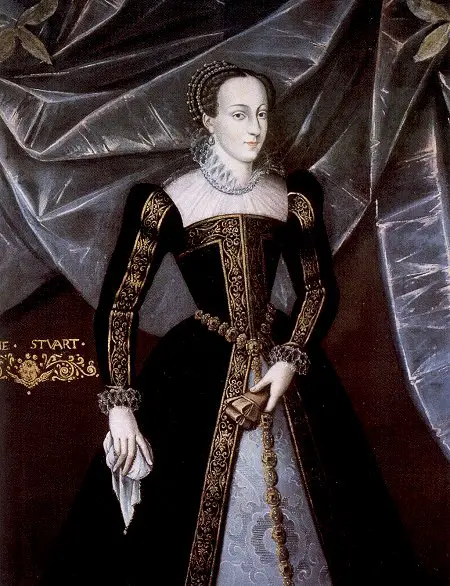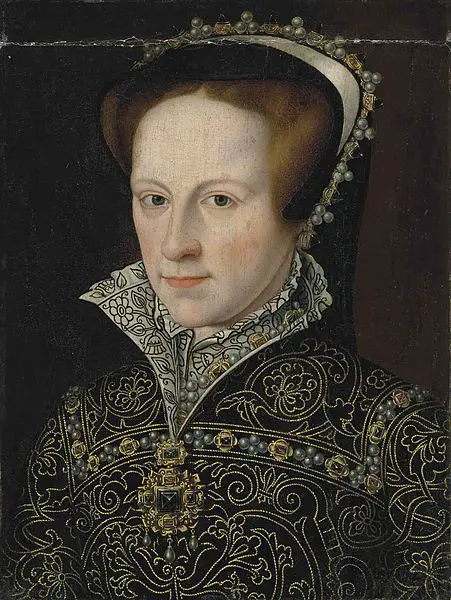 On 27th February 1545, the English forces were defeated by the Scots at the Battle of Ancrum Moor, near Jedburgh in Scotland.
On 27th February 1545, the English forces were defeated by the Scots at the Battle of Ancrum Moor, near Jedburgh in Scotland.
The battle was part of the 1543-1550 War of the Rough Wooing, a war attempting to put pressure on the Scots to agree to a marriage match between the infant Mary, Queen of Scots and Henry VIII's son, Edward (the future Edward VI).
The Scottish chronicler Robert Lindsay of Pitscottie recorded that “the Scottismen's speares war longer then the Inglismen's be fyve quareteris, or an elne, quhilk, when they joyned with the Inglishmen, they had thame all rivin doune before evir the Inglishmenis speares might touch thame”, showing that the Scots used their pikes effectively during the battle. The English forces scattered and around 800 were killed, while another 100 were taken prisoner. This brought about a temporary lull in the war.
The stone pictured here, Lilliard's Stone which is set on the summit of Lilliard's Edge on the site of the battle, is associated by legend with the battle. It's inscription reads:
Fair Maid Lilliard
lies under this stane
little was her stature
but muckle was her fame
upon the English loons
she laid monie thumps
and when her legs were cuttit off
she fought upon her stumps.
AD 1544.*
According to the story, a young woman called Lilliard fought at the Battle of Ancrum following the tragic death of her lover. However, the Royal Commission on the Ancient and Historical Monuments of Scotland states: "There is, however, plenty of evidence to show that the place-name was established as such long before the date of the battle, while less than forty years later "Lidgate" appeared instead of "Lilliard", in "Lidgates Crose",(information from the Hamilton Papers, J Bain (ed.). Four days before the battle artillery was brought from Edinburgh Castle to "Lyliattis Cros"; in 1378 the Scottish and English Commissioners met at "Lillyat Cros" or "Lyliot-crosse" (Calendar of Documents); while the same name appears with a suffix as "Lillesietburn" in an early 12th-century charter, (Information from Liber de Melrose, 78, 224) and in a still earlier form as "Lilisyhates". Its obviously contains the same element as that of the adjoining parish of Lilliesleaf, which is given as "Lillescliva" in 1124 (A C Lawrie 1905)." Sadly, it appears that the story is apocryphal.
You can read more about the battle and its location at http://www.battlefieldstrust.com/resource-centre/medieval/battleview.asp?BattleFieldId=72
Notes and Sources
Image: "Lady Lilliard's Grave, Ancrum Moor 1545", Graham Ellis, Geograph.org.uk, found on Wikimedia Commons.
*27th February was before Lady Day, 25th March and the start of the calendar year in medieval and Tudor times, so for the Tudors the battle took place in 1544.
- Ridgway, Claire (2012) On This Day in Tudor History, MadeGlobal Publishing.
- Royal Commission on the Ancient and Historical Monuments of Scotland - https://canmore.org.uk/site/57010/lilliards-stone-lilliards-edge



Talk about Remember Bannockburn, Henry Viii obviously forgot this one as it’s a little known battle. So Henry please Remember Ancrum.